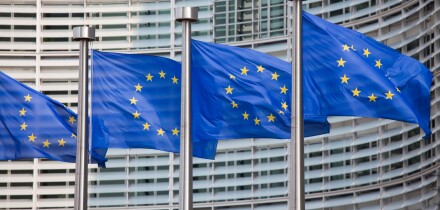AFD hits sweet spot with 10 year euros

Mirko Popadic/yossarian6 - Fotolia
Agence Française de Développement hit the sweet spot for supply-starved, yield-hungry investors on Wednesday with a 10 year euro benchmark.
Unlock this article.
The content you are trying to view is exclusive to our subscribers.
To unlock this article:
- ✔ 4,000 annual insights
- ✔ 700+ notes and long-form analyses
- ✔ 4 capital markets databases
- ✔ Daily newsletters across markets and asset classes
- ✔ 2 weekly podcasts






